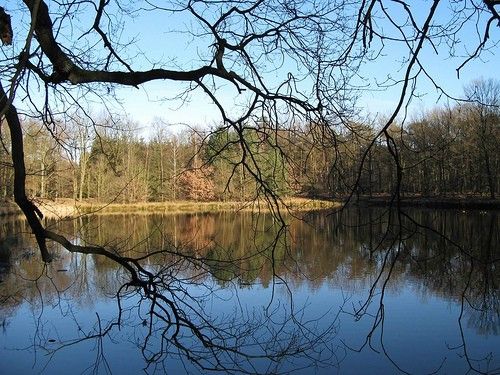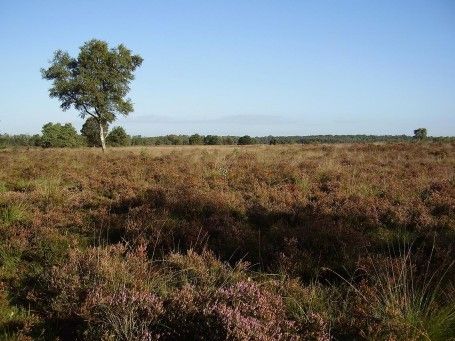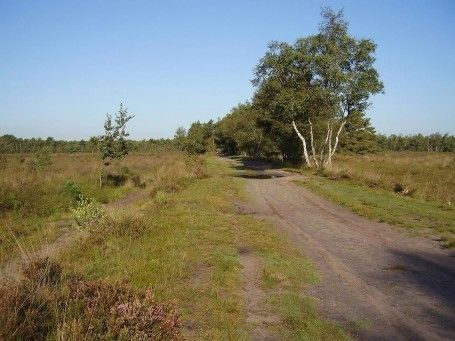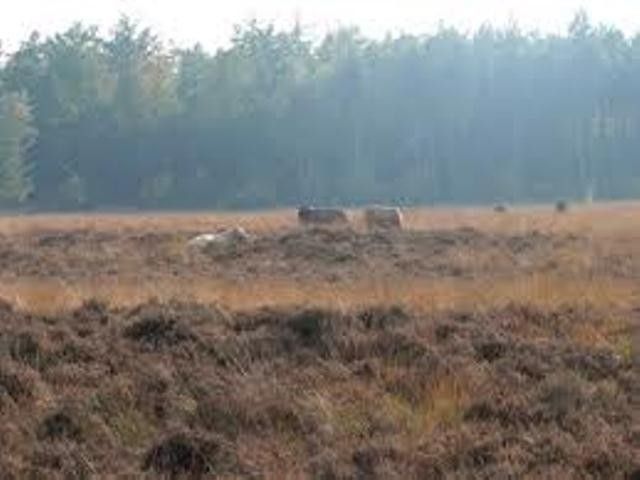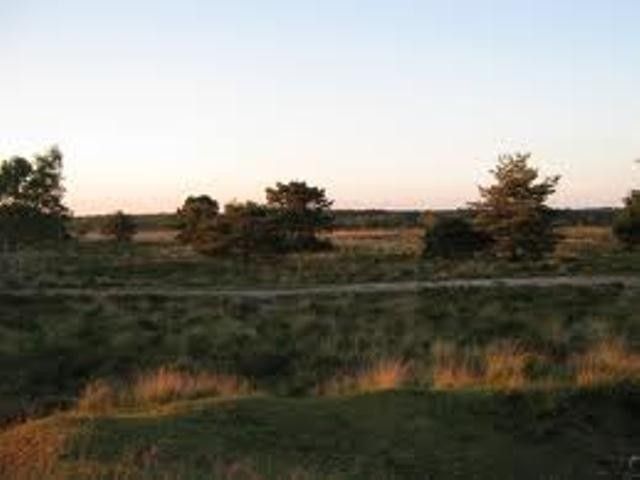Cartierheide
The Cartierheide is a nature reserve that is part of the Nature Reserve De Kempen.
Show all 5 photos
The Cartierheide (pronunciation: 'kartjayheide') is a nature reserve that is part of the Nature Reserve De Kempen.
The area is 172 hectares in size and lies 3 km from the Belgian border, wedged between the road from Eersel to Postel and the motorway A67/E34.
The name of the area is derived from Jonkheer Emile de Cartier de Marchiennes. In 1863, he bought the Duizels Hof estate located near this heath and used the heath as a hunting ground. Thanks to this, the area was not cultivated in the 1930s. The rare birch avenue also recalls the baron, running along a pond he had dug out, the fen called 'het Pannegoor'. A vegetated dike with a sheltered path between the water of the fen and the heath, flanked by birch trees, is called the 'Pannegoor Passage'. From here, one could hunt ducks and other waterfowl in the fens unseen.
Since 1932 the area h…
The Cartierheide (pronunciation: 'kartjayheide') is a nature reserve that is part of the Nature Reserve De Kempen.
The area is 172 hectares in size and lies 3 km from the Belgian border, wedged between the road from Eersel to Postel and the motorway A67/E34.
The name of the area is derived from Jonkheer Emile de Cartier de Marchiennes. In 1863, he bought the Duizels Hof estate located near this heath and used the heath as a hunting ground. Thanks to this, the area was not cultivated in the 1930s. The rare birch avenue also recalls the baron, running along a pond he had dug out, the fen called 'het Pannegoor'. A vegetated dike with a sheltered path between the water of the fen and the heath, flanked by birch trees, is called the 'Pannegoor Passage'. From here, one could hunt ducks and other waterfowl in the fens unseen.
Since 1932 the area has been owned by Natuurmonumenten, but nowadays the Cartierheide is managed by Staatsbosbeheer. The son of the baron, who was also named Emile, donated his area to Natuurmonumenten.
The Cartierheide is crossed by the Dalems Stroompje (Dalem’s Stream), and one also finds many wet heathlands, birch swamp forest and bog myrtle thickets there. The upper course of the stream was restored in 1994. Directly west of the Cartierheide lie De Pals and Kroonvense Heide.
In the area grow, among others, Round-leaved sundew and Marsh gentian. Reptiles such as Smooth snake, Viviparous lizard and Slow worm live here. One can also find the Moor frog.
Walking routes have been laid out through the area.
This text has been translated using AI.
